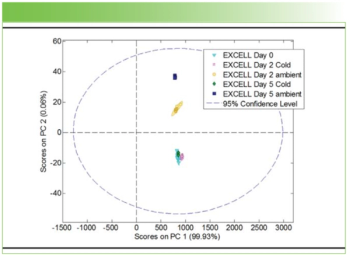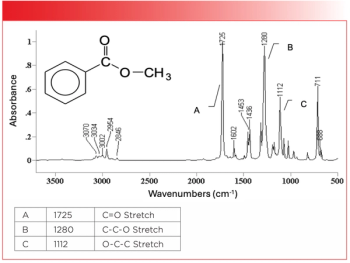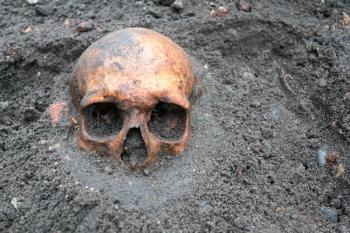
New Forensic Laser Technique Locks Hair in Time
Jim Moran, a geochemist at the Pacific Northwest National Laboratory (Richland, Washington), led a team of researchers in the development of a new laser-powered chemical analysis technique that can take dozens of samples from a single strand of hair and distinguish the chemical signatures of each.
Jim Moran, a geochemist at the Pacific NorthwestNational Laboratory (Richland, Washington), led a team ofresearchers in the development of a new laser-poweredchemical analysis technique that can take dozens ofsamples from a single strand of hair and distinguish thechemical signatures of each.
Because existing methods destroy small samples, theydon’t allow for exact time-based measurements. Using thenew technique, which breaks up material instead of scorchingit, carbon isotope measurements from human hair can betaken over time, revealing information about what people ate,whether they’ve traveled, and where they’ve been.
The technique is described in detail in a paper publishedby Moran and his team in the April 12 issue of RapidCommunications in Mass Spectrometry.
“The carbon you eat goes into your hair, so hair is arecord of carbon ratios. If you’ve been traveling, I couldguess which countries you’ve been to or what youate,” Moran said in a Wired online article, indicatingthat forensic scientists should find the techniqueuseful. Biologists exploring food pathways in microbes,and paleontologists using carbon-based data to lookat ancient environments may also find value in thetechnique.
In addition to carbon sampling, the laser-ablationsystem may also work with other chemical isotopes,including nitrogen, oxygen, and sulfur as Moran’s team isworking on developing those applications.
Newsletter
Get essential updates on the latest spectroscopy technologies, regulatory standards, and best practices—subscribe today to Spectroscopy.





